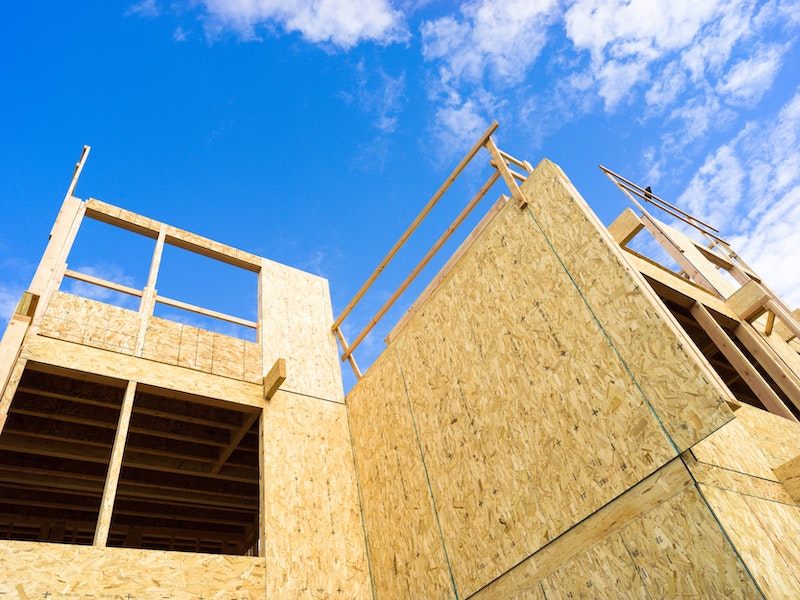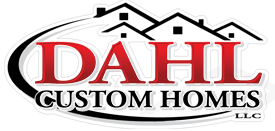
21 Oct How Do Construction Loans Work?
If you have been thinking about adding onto your existing residence or building a custom home from the ground up, perhaps you’ve thought about taking out a construction loan to help with the costs.
However, while construction loans are relatively common, there are differences between them and conventional loans. In addition, the process for borrowing money is entirely different. So, today, let’s take a look at how construction loans work.
Right off the bat, it’s good to know that a construction loan will be a shorter-term, higher interest loan. It will give you the funds you need to complete your project, but it comes with a price and a tighter timeline. In general, borrowers who take out a construction loan have one year to complete their project and obtain a certificate of occupancy.
Many lenders view construction loans as a higher risk type because there is no home to put up as collateral like a conventional home loan. This is why the timetable is usually much shorter, and you will also need to provide the lender with a construction timeline, your budget, and any detailed plans for the project.
Construction loans also usually operate on a draft or draw schedule where the money is paid out in stages as significant milestones (like the foundation or framing) on the project are completed. During this time, borrowers usually pay interest-only toward the loan during the construction stage. You can absolutely expect to have an appraiser or inspector onsite to check the progress during construction stages, and they will typically stop by between four and six times.
So, what does a construction loan cover?
It probably covers a lot of what you would expect, like building materials, contractor and labor costs, permits, and the land cost. You can even use a construction loan to cover the cost of permanent fixtures like appliances and landscaping. But keep in mind that this type of loan will not cover home furnishings.
Your best course of action is to have a conversation with your lender about what exactly is covered, so there are not any surprises down the road. Ask about a contingency reserve too. This can help offset any unexpected costs you encounter during construction or cover any upgrades you decide to make as the project progresses.
And while you’re speaking to them, ask about which type of construction loan is right for you. There are many different kinds, including construction-to-permanent loans, construction-only loans, renovation loans, owner-builder construction loans, and end loans.
Qualifying for a construction loan is going to look a lot like qualifying for a conventional loan, so make sure you check your credit score, bring down your debt-to-income ratio as much as you can, and be prepared to put down a sizable down payment. Now is the time to save, save, save if you’re considering a construction project!
If you are considering building a custom home in the Marion, Cedar Rapids, or Iowa City area, please consider Dahl Custom Homes for your needs. We are experts at custom home construction and would love to discuss your project in more detail.

Sorry, the comment form is closed at this time.